Despite our efforts, water pollution remains a significant environmental challenge. It is estimated that around 80% of wastewater is dumped into rivers and oceans.
Although the term “river” conjures up pictures of pouring white water cascading over mountains or the melody of rushing serene water, the reality is that pristine rivers are an exception and far-fetched in today’s day and age.
Countless rivers have been contaminated beyond reasonable standards due to rampant industrialization, urbanization, insufficient government laws, lack of business consideration to the ecology, ineffective waste disposal, and a low level of awareness.
With thousands of tons of rubbish produced each year worldwide, dumps, waterways, and ultimately the rivers and ocean are inundated with vast volumes of junk.
Table of Contents
Types of river pollution
Garbage and solid waste
Garbage and gross solids are probably the most visible pollutants. These are unattractive and remain in the environment, composed of styrofoam, storage containers, and plastic containers.
Granular particles and sediment
Rainwater carries sand, gravel, and other fine materials into the river, where they aggregate. Total suspended solids (TSS) accumulation can choke rivers, and sedimentation can harm crustacean ecology and fish reproductive viability.
Chemicals
Chemical industrial effluents can infiltrate rivers from many different sources, from the apparent, such as hazardous effluents, to the less evident, such as agricultural and street spillover.
These compounds can cause quick and devastating ecological harm, or they can build up over time, piling up plant and animal life to the point where environmental and human health repercussions are not noticed for many years.
Biological contaminants
Bacteria and viruses can enter a waterway more conveniently where waste disposal is poor, sewage treatment is unproductive or non-existent, or if individuals are living near a river.
Some bacteria and parasites imparted in humans and other animals can pose a significant risk to human health in areas where river water is used for food preparation, cleaning, or drinking.
The effects of river pollution
Rivers are essential to human civilization and the larger ecosystem, and contamination of those waterways can have a wide range of detrimental influences on plants, wildlife, and human existence.
The watercourses ecosystem piles up and transports contamination, concentrating and collecting toxins as it moves in ways that harm plant life, wildlife, public health and ultimately distributing them to the ocean.
Aside from the ecological consequences, another factor that we should not underestimate is the economic impact assessment – rivers are both a part of living and a source of revenue for many individuals, giving income through fisheries and aquaculture.
Thus, a contaminated river will have exhausted equities of fish, lobsters, and other marine life on which some financial systems rely. Here are 20 such major rivers with adverse effects on all surrounding beings.
1. Ganges River, India
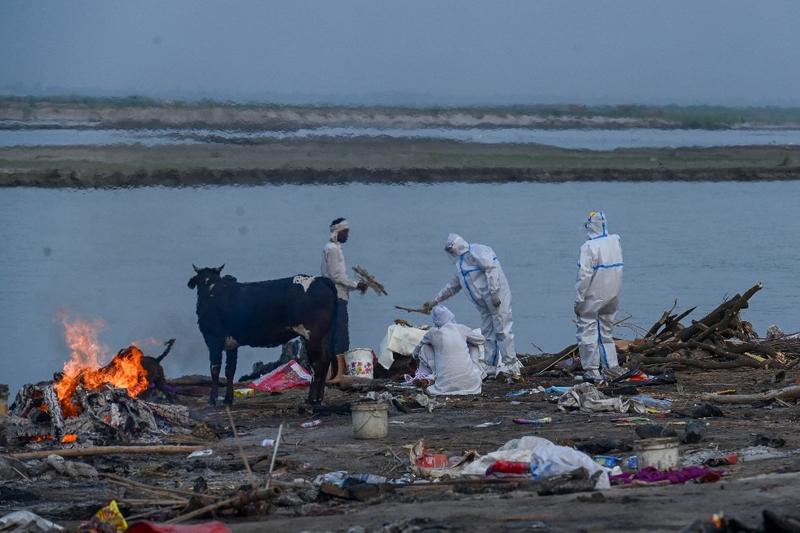
According to most accounts, India’s Ganges River is one of the world’s most polluted rivers. It is the world’s third-largest river, with almost two billion people.
It is also regarded as a sacred river by many of its inhabitants. On the other hand, the current reality is sure to ruin any spiritual pilgrimage you intend to make to this holy river.
Bathing in it will suffocate any remaining health. Industrial, chemical, and sewage waste, as well as soap from washing clothes and bathing, religious gifts, and even dead bodies, clog this enormous river.
Almost 1.2 billion pounds of plastic are shamelessly dumped into it every year. According to the Indian Council of Medical Research (ICMR), people living along the banks of the holy river Ganga are at a higher risk of cancer than people living elsewhere in India.
2. Citarum river, Indonesia

The factories that discharge their garbage in the Citarum River are responsible for its pollution. The river’s deterioration is aided by the dense population that surrounds it.
The mercury levels in the Citarum are said to be over 100 times higher than the acceptable standard. Millions of people are obliged to drink the river water despite its poor condition.
3. Sarno River, Italy

The Sarno River in southern Italy, near Pompeii and Naples, is often regarded as Europe’s most contaminated river in a continent where most, if not all, rivers are polluted.
The river at Mt. Sarno is nearly pristine, but as one descends in height, the river becomes increasingly filthy until it is covered with greasy scum and chemical foam.
The Sarno River, polluted by industrial and agricultural wastes and plenty of urban garbage, is the Bay of Naples’ primary source of polycyclic aromatic hydrocarbons (PAHs).
Surprisingly, PAHs are the most common organic contaminant. Italy has plans to clean up the Sarno and other rivers, which is encouraging.
Remedial dredging on the Sarno River began in the early 2000s, so in the future years and decades, at least some of the pollution will be alleviated, if not eliminated.
4. Mississippi River, United States of America
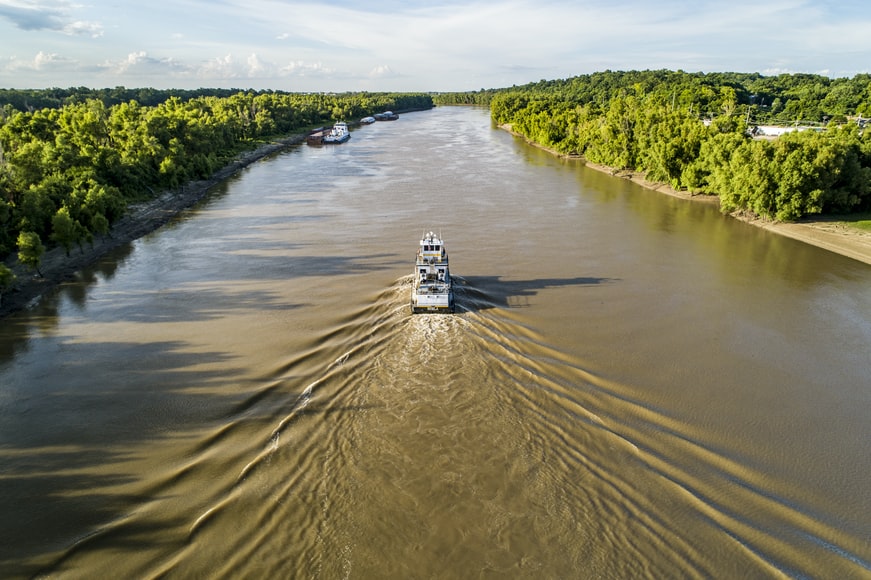
River pollution is also common in the United States. The Mississippi River is also known as the Big Muddy because its waters are typically brown due to silt.
However, the Big Muddy holds much more than mud, as it has a high level of pollutants. It’s commonly referred to as America’s Colon.
Aside from sewage, agricultural pollution is likely the most significant pollutant in the river. A 6,000 to 8,000 square mile “Dead Zone” exists at the entrance of the Mississippi in the Gulf of Mexico.
This occurrence is due to the Mississippi River’s high nitrogen-based fertilizer runoff, which disrupts the food chain and results in shallow oxygen levels in coastal waters.
Green activists are urging the US Environmental Protection Agency to include agricultural runoff – mainly nitrogen and phosphorus pollution – in the Clean Water Act of 1972’s procedures in the hopes of cleaning up this magnificent river.
However, because the federal government prefers the states to act first, we’ll have to wait and watch how this scenario plays out.
5. Yellow River, China

The Yellow River, whose water is loaded with yellow silt known as loess, hence its name, is vital to China’s well-being, even though it has flooded in the past, killing millions of people.
The river is problematic in another way: it is so heavily polluted that it is unsuited for agricultural use. More than four billion tons of sewage are dumped into the river each year.
As China industrializes at breakneck speed, the Yellow River has devolved into a toxic waste dump, causing river water to turn colors other than yellow.
On the other hand, environmental activists in China want to clean up the Yellow River. Green Camel Bell was founded in 2004 to improve western China’s depleting ecosystems and people’s awareness of pollution.
The Chinese government must halt communities and industries from dumping rubbish into the Yellow River, and the river’s color will hopefully revert to its previous state.
6. Doce River, Brazil

The Doce River, which means “sweet water,” runs for 853 kilometers through southeast Brazil, delivering much-needed freshwater to Latin America’s largest steel-making region.
Unfortunately, two containment dams at Mariana broke in November 2015, pouring 60 million cubic meters of iron ore sludge into the Doce River, killing at least 17 people and injuring many more.
This muck is so high in heavy metals that the aquatic life in this once-sweet river has been devastated and may never recover, putting the lives of many anglers at risk.
Many people drank water from the river; now, they must drink bottled water for months, years, or who knows how long.
The government of Brazil has sued BHP Billiton, the world’s largest mining firm, for $5 billion for building the dams. However, no one acknowledges when or if the Doce River be clean after this ecological disaster, one of the worst in world history.
7. Marilao River, Philippines

The Marilao River travels through the Philippines’ Bulacan Province before emptying into Manila Bay. Tanneries, textile manufacturers, piggeries, gold refineries, and municipal dumps all pollute the river in various ways.
The high amounts of hazardous compounds and heavy metals in the water are especially concerning because they pose a significant health risk.
The Marilao River’s water contains almost no dissolved oxygen in some areas, effectively eliminating aquatic life. As a result, the Marilao River is one of the Philippines’ 50 dead rivers.
Fortunately for the Filipino people, Greenpeace has been studying the problem of water pollution in the Philippines. It has produced the report “Hidden Consequences,” which may draw attention to the issue.
The information persuaded the Philippine government to generate funds for Marilao clean up and other filthy rivers in this Pacific archipelago.
8. Buriganga River, Bangladesh
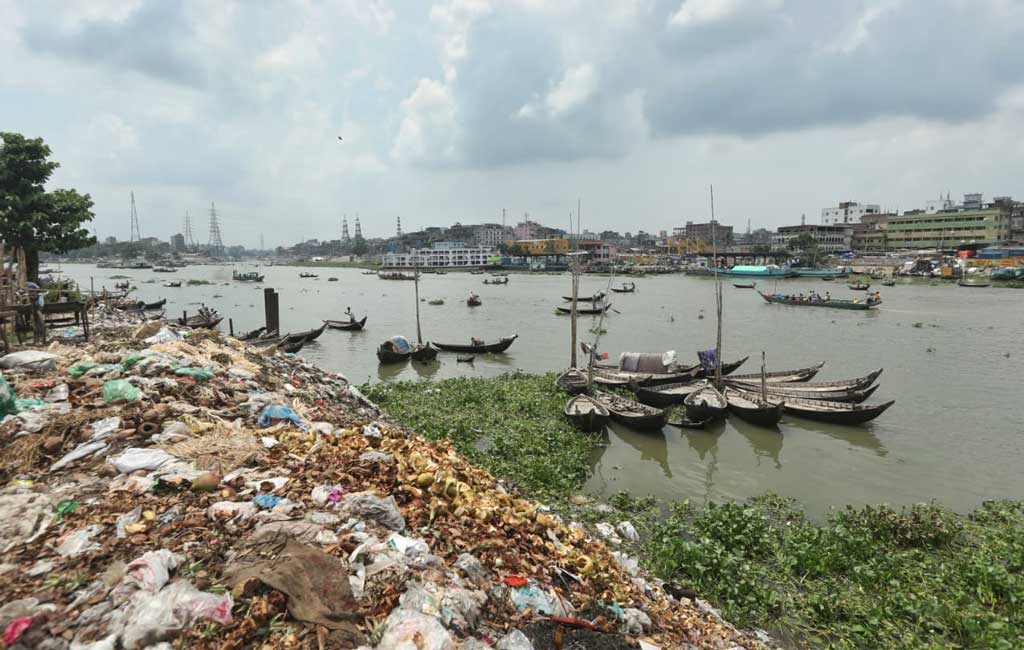
The Buriganga River, also recognized as the Old Ganges, in Bangladesh, one of the world’s most densely populated countries, is polluted in every way: chemical waste from textile plants and factories of all varieties, domestic garbage, decaying fruit and vegetables, medical trash, sewage, stagnant animals, plastics, and petroleum.
Dhaka, in reality, discharges 4,500 tons of solid trash into the river daily. The sewage poured into the river is also a severe issue, as around 80% of it is untreated.
The Buriganga River emits a foul odor these days, especially near Dhaka, a city of 10 million people, and no aquatic life can survive in it.
Increased water flow is one strategy to clean up the river. Still, this option will be difficult to implement because the Himalayan glaciers that feed the river are melting owing to climate change.
Of course, a better alternative would be to stop throwing waste and other pollutants into the river, but this will be extremely expensive.
9. Cuyahoga River, USA

Since 1868, the Cuyahoga River has been famous – or notorious – for catching fire several times, the most recent being in June 1969.
Because it meanders through a congested metropolitan environment, the Cuyahoga River, which flows through Cleveland, Ohio, has been susceptible to several sorts of pollution, particularly industrial waste, making it explosive at times.
Intriguingly, the Cuyahoga River’s condition aided the late 1960s ecological movement in the United States, whose motto was “Ecology Now.” The Clean Water Act of 1972 was instituted due to this shared passion.
After 50 years, it appears unlikely that the Cuyahoga River would catch fire again anytime soon, thanks to Ohio cleanup efforts that have restored the river’s water quality; it now supports more than 60 kinds of fish.
Nonetheless, it is one of 43 Great Lakes Areas of Concern since it drains into Lake Erie, formerly a filthy body of water but now supports essential fisheries.
10. Tijuana River, Mexico

Although the Tijuana River is barely 120 miles long, rarely more than tens of feet broad, and occasionally carries little water, it is probably one of the world’s most contaminated rivers.
The Tijuana River flows north through the Tijuana River Valley, passing through the developing city of Tijuana, Mexico (population 1.8 million), which is responsible for most pollution, before crossing the Mexico/US border and debouching into the Pacific Ocean.
When it rains, 27 million US gallons of sewage are thrown into the Tijuana River every day as of 2015. Toxic substances like DDT, hexavalent chromium, benzene, lead, and mercury, as well as countless tons of tires and other debris, can be discovered in the river.
When the water evaporates, the toxicity in the riverbed becomes airborne for everyone in the region to breathe! Will the landfill and running sewer ever be cleaned up?
Under a 2020 agreement between the United States, Mexico, and Canada, $300 million will be committed to reducing pollution in the Tijuana River, with at least some of this money going to the International Boundary Wastewater Treatment Plant in San Francisco’s South Bay.
11. Jordan River, Israel

The Jordan River in Israel, which stretches over 150 miles, has been poisoned by unmanaged indiscriminate dumping.
The concentration of dissolved solids has risen extensively due to disorganized human development. The rise in population has also led to rubbish dumping polluting this waterway.
12. Mantaza-Riachuelo River, Argentina

This 40-mile watercourse in Argentina is considered South America’s most contaminated river. That is because the industries along its riverbank, especially tanneries, throw large volumes of industrial effluents into the water.
Heavy metals are one of the most harmful toxins in the environment. The river is also referred to as the Slaughterhouse River because it is used to dispose of waste from slaughterhouses. As a result, the river has a nasty odor.
13. Yamuna River, India
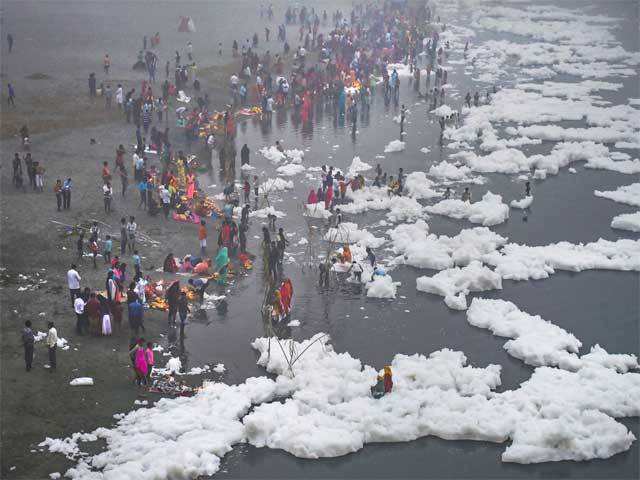
The Yamuna River is a Ganges tributary that flows throughout India, collecting nationwide trash in due course. It is the second most contaminated river in India.
Industrial and agricultural garbage, as well as untreated sewage, are habitually discharged in the Yamuna River.
The river water has become so filthy that even the treatment of wastewater may not lessen the level of toxicity.
Today, it is filled with a cloud-like substance floating on top of the river. According to tests, the water has a pH of 11, much higher than the pH of regular drinking water, which is 7.
14. Yangtze River, China

Whenever it concerns the intensely competitive category of the planet’s most polluted waterways, the globe’s third-longest river has also become one of the dirtiest.
Annually, over 333,000 tons of plastic trash are discarded into the East China Sea due to a lethal contribution from overpopulation (the river valley is home to 480 million inhabitants ), a fully pro-consumerist society, and a flawed solid waste management system.
And the country responsible for such a catastrophe does not seem to step up and amend its actions.
15. River Tame, United Kingdom
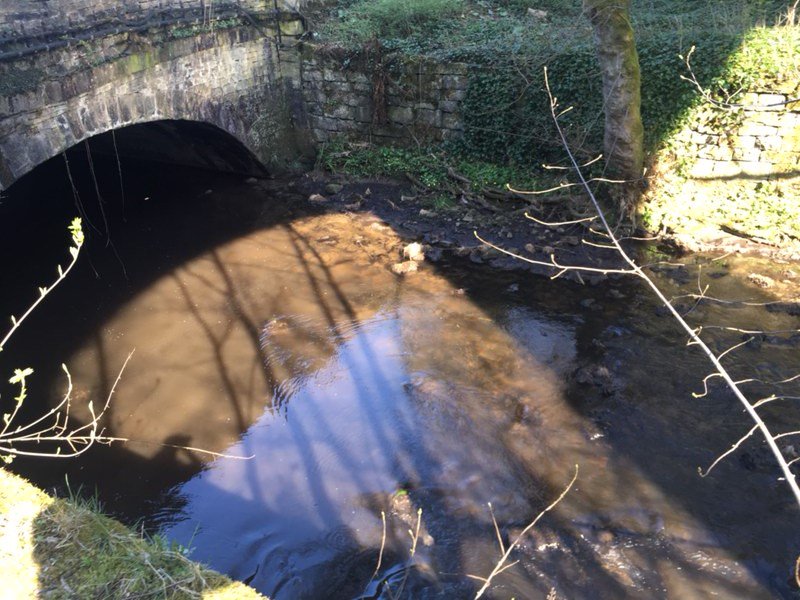
The River Tame is a lovely, slow, and quiet watercourse that wanders through idyllic scenery in England and is nestled in the West Midlands of the United Kingdom.
The river does not seem to be contaminated from afar, but pollution lurks in its deepest depths. As per a 2018 report, it has some of the worst microplastic contamination globally.
The river’s ecosystem has also been harmed by hazardous rain-wash from coal-based enterprises in Birmingham, the Black Country district, and numerous manufacturing enterprises.
Meanwhile, in the past few decades, the river’s flow has been routed through a succession of cleansing lakes, a process that has sufficiently purified the water to allow aquatic life to thrive in it.
Historically, the River Tame is one of the scummiest rivers in the UK, which now appears to be in better shape; however, plastic pollution remains a serious worry.
16. Neva River, Russia
The Neva River, which sails into the Baltic Sea near St. Petersburg in northeastern Russia, is deemed an exceptionally hazardous river by Russia’s Federal Service for Hydrometeorology and Environmental Monitoring, despite its short course of 46 miles.
The river is poisoned by untreated sewage and industrial runoff equivalent to 80,000 tons per year because it is nestled in a densely populated region with many enterprises.
Oil spillage is also prevalent throughout the river and thus was declared unsafe for diving or surfing over the entire river length by the Federal Service of St. Petersburg in 2008. Nonetheless, the Neva River is undergoing some environmental restoration.
In 1979, St. Petersburg began treating contaminated water, notably concerning the dumping of untreated sewage into the river, which was scheduled to be abolished by 2011.
However, the Murzinka River, a prominent tributary of the Neva River, was so toxic in May 2018 that it frequently changed the watercolor to red or other hues.
17. Indus River, Pakistan
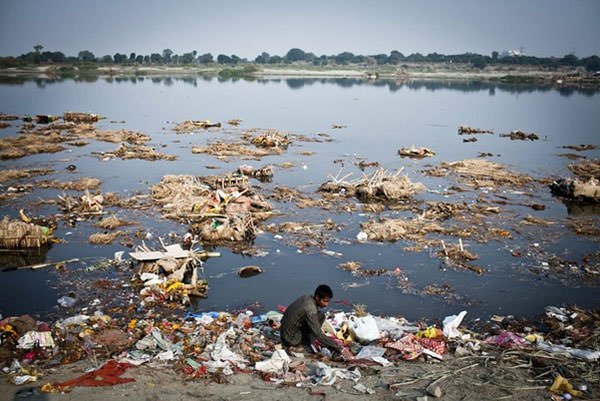
Trash unregulated agricultural, manufacturing, and residential garbage have fouled Pakistan’s major river putting it at considerable risk.
The Indus river is significantly contaminated, according to a recent seminar held by Sindh’s Environmental Protection Agency (EPA).
The river is contaminated since the concentrations of several elements are large enough to be considered toxic.
Even the coliform concentration, which should not be detected in any water body, exceeded 800 per 100 ml.
In addition, the ongoing groundwater pumping for farming activities and the intrusion of saltwater into the river are eradicating a portion of the river’s indigenous biodiversity.
18. River Nile, Egypt

Infectious dysentery, salmonella typhi, and parasitic infections were identified as the most frequent ailments in Egypt, and all of these were linked to unclean water and unsanitary conditions. Hence, it was evident that the emphasis needed to move to a single starting point: the Nile.
Egypt is the largest populated, agri-intensive, and industrialized country along the Nile river basin. As a result, most wastewater discharges into the river occur in Lower Egypt.
Organic cyanotoxins are among the contaminants found in the Nile, which come from industrial effluent, oil spills, municipal sewage, and agricultural runoff.
19. Murray-Darling River, Australia

The Murray River’s condition is crucial to South Australia’s ongoing and prospective prosperity.
Management of water resources and adequate water levels in the river system to restrict salty incursions downstream and concerns related to Lower Murray Irrigated Reclaimed Area (LMRIA) outflows in the bottom of the basin are the two significant water quality shortfalls in the River Murray.
The EPA is also concerned about the following primary pollutants:
- Wastewater leaking from homes along the riverbed and in flood plains.
- Rainwater runoff from industrialized land regions that are heavily polluted.
- Deposition of sand from beach construction is usually associated with vegetation and ecosystem damage.
- Discharge of black and grey wastewater from ships.
One of Australia’s most valuable assets, endemic organisms in the river have declined to 10% of their pre-European colonization ranges.
On the other extreme, exotic and invasive species have dramatically increased, generating an ecological disparity that has put nine native wildlife in jeopardy, damaging aquatic vegetation and water quality.
20. River Salween, China-Burma
The Salween is a river in Southeast Asia that originates in Tibet and flows across China and Burma.
Sulfur, cadmium, copper, lead, mercury, and zinc concentrations in the water have increased as they flow through industrial estates, mainly by synthetic textile industries.
The Salween is often regarded as the world’s most contaminated river. Some fishing tribes have abandoned their traditional livelihoods to trade the glassware and rubbish they gather from the river.
To Conclude
Rivers are a perfectly rational focus if we want to begin sweeping and cleaning our seas at a minimal price.
The level of pollutants occurring in the world’s most polluted rivers is mind-boggling. And yet, we appear to be hell-bent on ruining our giver of life with our actions.
Our rivers are vital to civilization, but despite the recurring outcry from activists and partial efforts by various governments, they are constantly being eviscerated in the pursuit of development.
(Last Updated on November 10, 2021 by Sadrish Dabadi)
